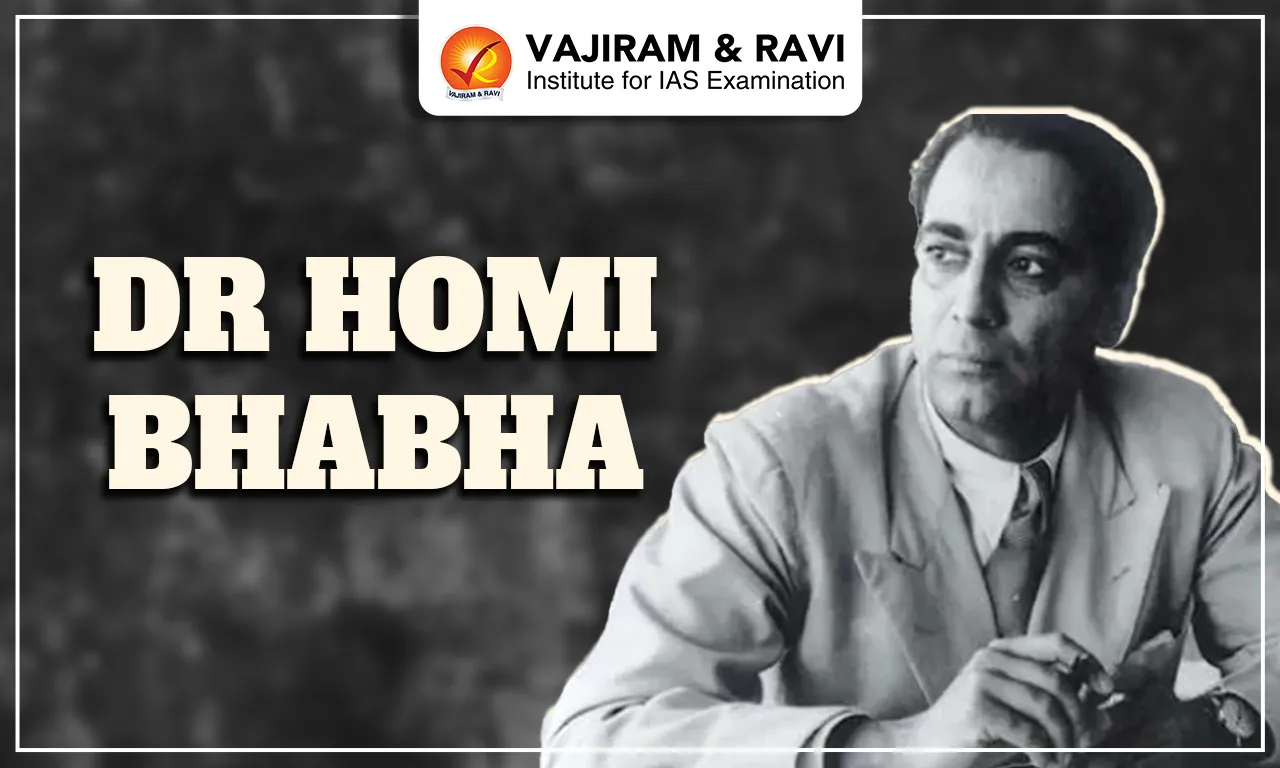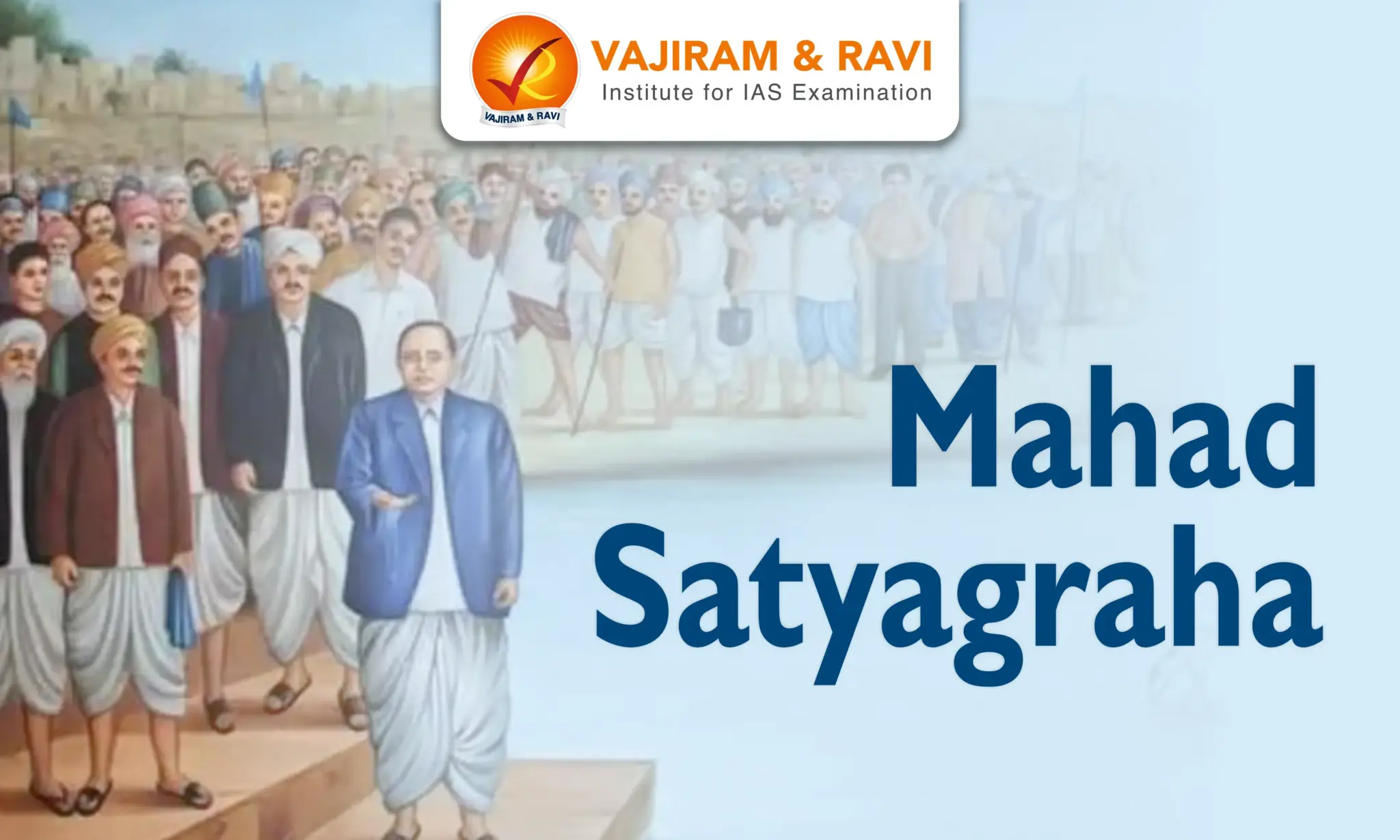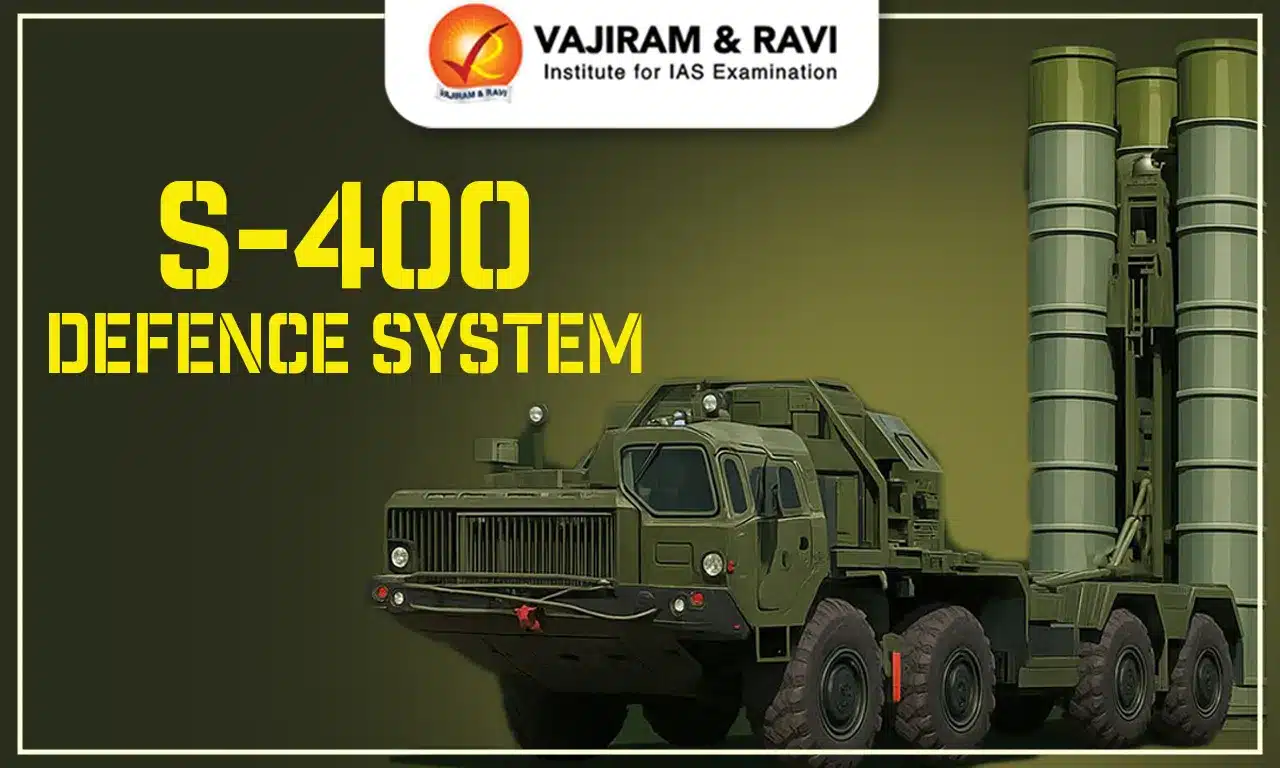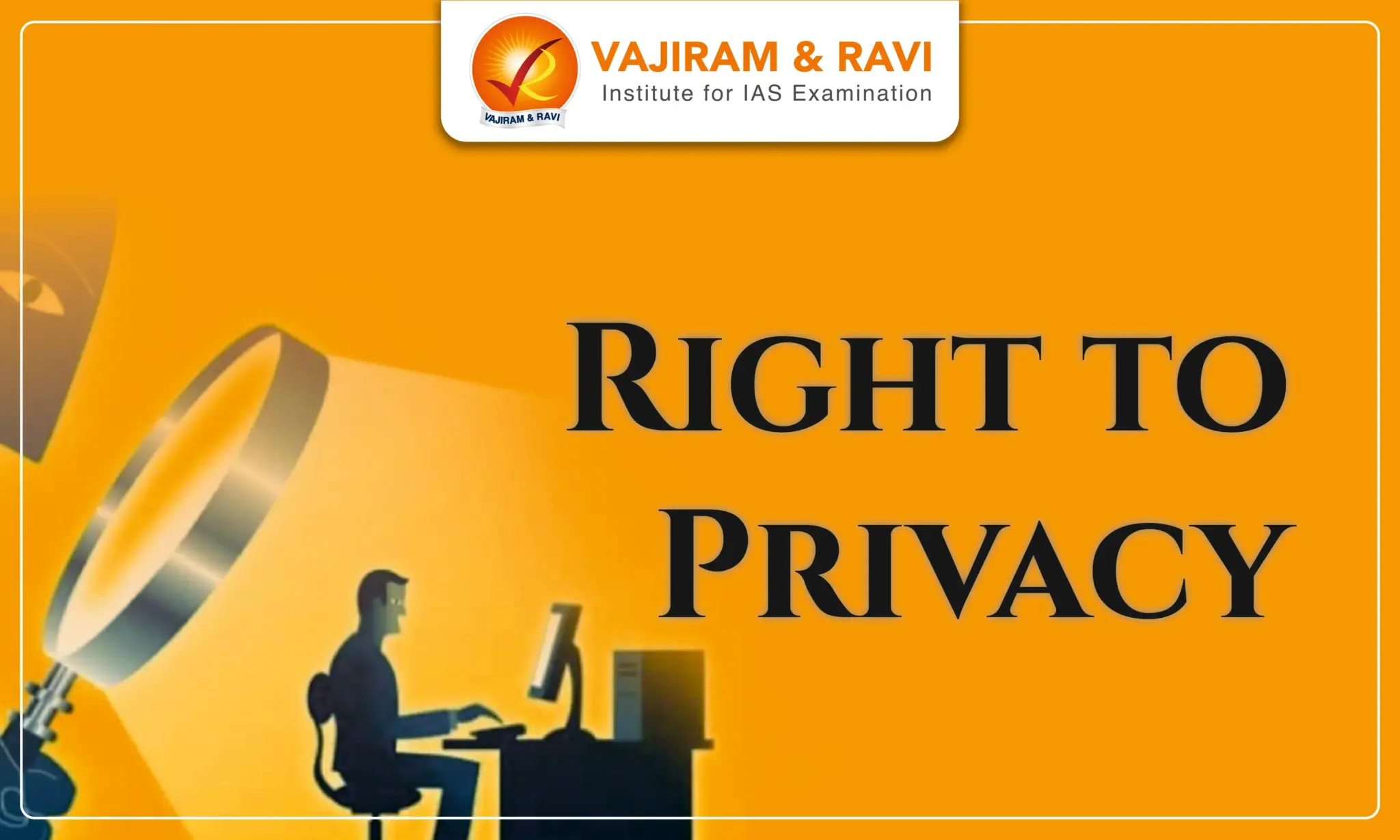Homi Bhabha played a pivotal role in propelling India's science and technology forward. Despite competing with other distinguished and more seasoned Indian scientists of his era, Bhabha emerged as a standout. Homi Bhabha was the driving force behind establishing and developing the country's comprehensive atomic energy programme, especially given India's nascent post-independence stage and its developmental challenges. Dr. Homi J. Bhabha is often hailed as the architect of India's nuclear initiative. Additionally, he was the founding director of the Atomic Energy Establishment, Trombay (AEET) and played an instrumental role in India's journey towards nuclear weaponry.
Background of Dr Homi Bhabha
Dr. Homi Jehangir Bhabha is widely regarded as the father of India's nuclear program. Growing up in an affluent and educated environment, Bhabha received quality education from an early age.
Early life and Education
Dr. Home Bhabha was born in Mumbai on October 30, 1909, to a prominent Parsi family.
- He attended Cathedral School and later joined Elphinstone College.
- He continued his education at the Royal Institute of Science, Bombay, and later enrolled at Cambridge University in 1927 to study mechanical engineering.
- Under the influence of Paul Dirac, Bhabha developed a passion for theoretical physics and switched his focus to theoretical physics at Cambridge.
- He achieved a first-class grade in mathematics at Tripos in 1932 and later graduated with a doctorate in nuclear physics from Cambridge in 1934.
Career
- Cosmic Rays: Dr Homi Bhabha conducted studies on cosmic rays through the ballon experiment, in which clusters of rubber weather balloons are used to study the impact of cosmic rays on Earth’s atmosphere
- IISc: During World War II, he came back to India and took up a position as a physics reader at the Indian Institute of Science (IISc) in Bangalore.
- TIFR: Dr. Bhabha established the Tata Institute of Fundamental Research (TIFR) for carrying out nuclear science research in 1945, with support from the Tata Trust and the government of India.
- AEC: In 1948, Bhabha was instrumental in creating the Atomic Energy Commission, serving as its inaugural chairman.
- AEET: He was the primary catalyst for the development of crucial nuclear research infrastructures in India, such as the Atomic Energy Establishment in Trombay, which, after Bhabha’s death, was renamed “the Bhabha Atomic Research Centre” (BARC).
- IAEA: At the International Atomic Energy Agency (IAEA), Dr. Homi Bhabha stood as India's representative, strongly promoting the non-aggressive utilization of nuclear energy.
Contribution of Dr Homi Bhabha
Dr. Homi Bhabha made a significant contribution to science in general and particularly to the development of nuclear sciences in India.
Scientific contribution
Some of the major scientific contributions of Dr Homi Bhabha are listed below
| Concept | Description |
| Bhabha Scattering |
- It refers to the electromagnetic scattering between an electron and a positron, which are antiparticles of each other. - It provides valuable insights into the cross-section (probability) of the scattering, which is pivotal in experiments at electron-positron colliders. - It is used in calibrating electron-positron colliders due to its relatively large cross-section. - It is a vital testbed for QED (Quantum Electrodynamics), the quantum theory of electromagnetic interactions. |
| Bhabha-Heitler theory |
- It addresses the production of electron-positron pairs (pair production) and the subsequent electromagnetic cascades produced when high-energy gamma rays (photons) or charged particles interact with matter. - It has been extensively used to analyse cosmic ray showers, calculate the number of secondary particles produced at varying depths in the atmosphere, and estimate the energy of primary cosmic rays based on the observed properties of the cascades they produce. |
| Work on Yukawa Particle |
- He investigated the theoretical scattering of these particles by electrons, a process analogous to the Compton scattering of photons. - Bhabha's work in this area provided important insights into the behaviour and properties of the Yukawa particle. |
| Work on Mesons |
- He provided a detailed theoretical explanation for the showers of particles produced when high-energy cosmic rays collide with the Earth's atmosphere. - His work on mesons played a crucial role in understanding cosmic ray showers and the behaviour of mesons in various conditions. This process involves mesons, which are an integral part of the showers. |
Contribution to India’s Nuclear Program
Dr. Homi Bhabha played an indispensable role in laying the foundation and charting the course for India's nuclear ambitions. His major contributions are listed below
Three-Stage Nuclear Power Program
- Bhabha proposed a visionary three-stage nuclear power program to utilize India's vast thorium reserves.
- To harness energy from thorium via a series of reactors, starting with pressurized heavy water reactors
- Fast breeder reactors
- Thorium-based reactors
APSARA (India's first research reactor)
- He laid out a blueprint for the development of nuclear reactors for research and power generation.
- It was indigenously designed at the TIFR.
- Bhabha ensured collaboration with international entities for specific components.
- For instance, the initial fuel for APSARA was sourced from the United Kingdom.
- APSARA was a pool-type reactor that had a capacity of 1 MWt (megawatt thermal).
- It was primarily used for research in nuclear physics, material testing, and radiography.
- It played a pivotal role in training nuclear scientists and engineers in the early stages of India's nuclear program.
Atomic Energy Act, 1948
- Dr. Bhabha played a vital role in drafting the Atomic Energy Act of 1948.
- Dr. Bhabha's influence ensured that the Act struck a balance between promoting research and ensuring safety.
- Through the act, he emphasised the importance of India retaining sovereignty over its atomic program, ensuring that it was free from undue foreign influence or interference.
Representation of India at IAEA
- Dr. Bhabha consistently advocated for the peaceful use of nuclear energy, emphasising its potential in power generation, medicine, and agriculture, among other areas.
- Dr. Bhabha effectively voiced the concerns and interests of developing nations in global nuclear forums.
Space and Electronics
Space
- Bhabha played a significant role in the early days of India's space programme.
- Under his guidance, the Department of Atomic Energy (DAE) was entrusted with the responsibility for the Space Programme in 1961.
- He emphasised the importance of space research for India's technological advancement and warned against depending on foreign know-how.
- He equated the early stage of space research in India to the stage of atomic energy work from a decade prior.
- He was pivotal in establishing the Indian National Committee for Space Research, with Vikram Sarabhai as its chairman.
Electronics
- He initiated plans for an Indian Space Science and Technology Centre.
- Bhabha recognized the interconnection between atomic energy and electronics, emphasizing the need for indigenous development in nuclear electronics, computers, and control systems.
- Based on his recommendations, the Electronics Committee was established in 1963, with Bhabha as its chairman.
- He stressed the significance of electronics as a vital branch of modern technology, beyond just the entertainment industry.
- The Electronics Committee's report was finalized in 1965, aiming for India's self-reliance in electronics.
Awards and Recognition received by Homi Bhabha
Dr. Homi Bhabha received many accolades, such as:
- Fellow of the Royal Society in 1941
- Adams Prize from Cambridge University in 1943 for his cosmic ray research.
- Hopkins Prize in 1948, by the Cambridge Philosophical Society
- In 1963, he was named Foreign Associate of the U.S. National Academy of Sciences and became an Honorary Life Member of the New York Academy of Sciences.
- President of the International Union of Pure and Applied Physics from 1960 to 1963
- Bhabha led the International Conference on the Peaceful Uses of Atomic Energy in Geneva in August 1955 under U.N. auspices.
- He presided over the National Institute of Sciences of India in 1963.
- President of the Indian Science Congress Association in 1951
- Padma Bhushan,1954.
Last updated on December, 2025
→ Check out the latest UPSC Syllabus 2026 here.
→ Join Vajiram & Ravi’s Interview Guidance Programme for expert help to crack your final UPSC stage.
→ UPSC Mains Result 2025 is now out.
→ UPSC Notification 2026 is scheduled to be released on January 14, 2026.
→ UPSC Calendar 2026 is released on 15th May, 2025.
→ The UPSC Vacancy 2025 were released 1129, out of which 979 were for UPSC CSE and remaining 150 are for UPSC IFoS.
→ UPSC Prelims 2026 will be conducted on 24th May, 2026 & UPSC Mains 2026 will be conducted on 21st August 2026.
→ The UPSC Selection Process is of 3 stages-Prelims, Mains and Interview.
→ UPSC Result 2024 is released with latest UPSC Marksheet 2024. Check Now!
→ UPSC Prelims Result 2025 is out now for the CSE held on 25 May 2025.
→ UPSC Toppers List 2024 is released now. Shakti Dubey is UPSC AIR 1 2024 Topper.
→ UPSC Prelims Question Paper 2025 and Unofficial Prelims Answer Key 2025 are available now.
→ UPSC Mains Question Paper 2025 is out for Essay, GS 1, 2, 3 & GS 4.
→ UPSC Mains Indian Language Question Paper 2025 is now out.
→ UPSC Mains Optional Question Paper 2025 is now out.
→ Also check Best IAS Coaching in Delhi
Tags: dr homi bhabha quest

















